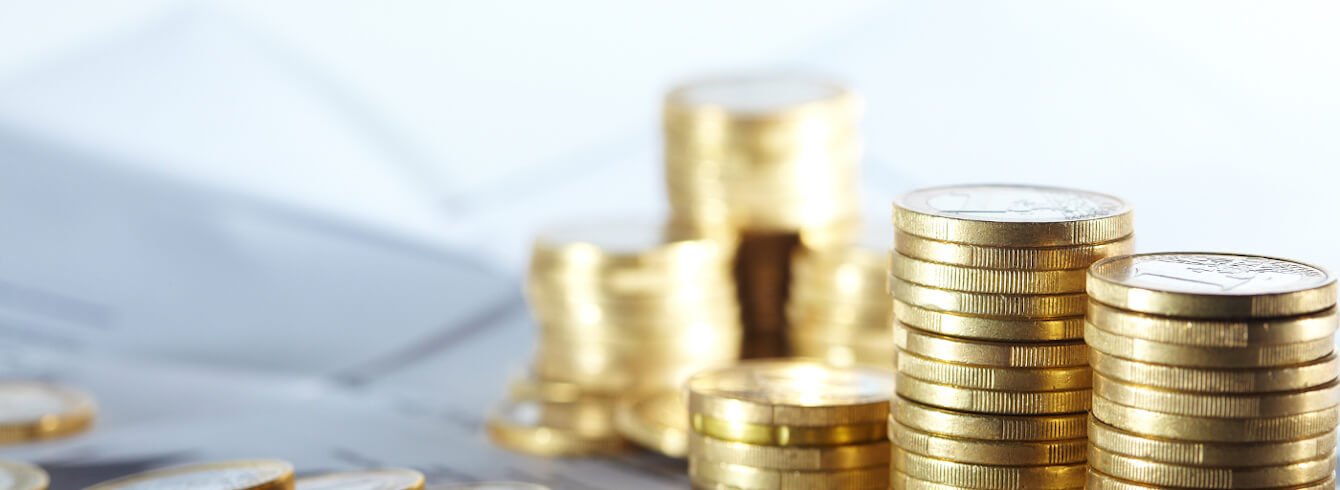The split payment model is obligatory in case of goods and services listed in Appendix No. 15 to the Polish VAT Act. This law came into effect as from 1st November 2019. What does split payment consist in?
What is “split payment”?
Split payment is a mechanism in which a purchaser’s payment for specific groups of goods and services is transferred to two bank accounts of the seller or service provider.
For example, a farmer purchasing diesel fuel for a gross amount of over PLN 15 thousand will have to settle an invoice with annotation “split payment mechanism”, which signifies the obligation to apply this mechanism. Thus, the amount of PLN 15 thousand is split into: PLN 13,008.13 (net), which needs to be transferred directly to the bank account of the fuel seller; and VAT, i.e. PLN 2,991.87, which needs to be transferred directly to the (technical) VAT account indicated by that seller.
Of course the seller is obliged to split the amount of PLN 15 thousand gross into the net amount and VAT, and indicate in the invoice two bank accounts with the annotation “split payment mechanism”. Above what amount and in case of what goods is the split payment mechanism obligatory?
When is the split payment mechanism obligatory?
The split payment obligation applies to purchases for a gross amounts of over PLN 15 thousand and exclusively to transactions pertaining to sensitive products and services listed in Appendix No. 15 to the Polish VAT Act. What goods and services are those?
The split payment mechanism applies in particular to payments for:
- coal and coal products (hard bituminous coal, lignite, coke and semi-coke, retort coal, briquette and similar solid fuels derived from bituminous coal and lignite);
- fuels (petrol for motor engines, diesel fuels, gases for propelling internal-combustion engines – within the meaning of the excise law);
- fuel oils and lubricants – within the meaning of the excise law;
- steel, steel products;
- scrap metal, waste;
- noble metals (e.g. gold, silver) and base metals (e.g. copper);
- stretch foil;
- construction services;
- parts and accessories for motor vehicles;
- electronic equipment and devices as well as their parts and accessories.
This means that the split payment model applies obligatorily only to purchases of products and services from the aforementioned categories (and additionally those listed in Appendix No. 15 to the Polish VAT Act) for the gross amount of over PLN 15 thousand by VAT registrants.
Who does the split payment method apply to in agriculture?
The split payment mechanism applies to sellers and recipients that are VAT registrants, i.e. among others farmers that are active VAT payers. This refers only to transactions with other VAT registrants (between a farmer that is an active VAT payer and another farmer that is an active VAT payer or between a farmer that is an active VAT payer and an enterprise). The mechanism is not obligatory in case of transactions between a farmer that is an active VAT payer and a flat-rate farmer or a private person.
This means that only flat-rate farmers are exempted from the split payment obligation in case of sales of agricultural products. However, as purchasers of goods and services they may receive invoices with annotation “split payment mechanism” with the payment split into the net amount and VAT which must be transferred to two separate bank accounts.


